Proposed Nevada Pipeline and Water Rights: Report Describes Worst-case Scenario, State Engineer Hears Case
On Monday, the Nevada state engineer will hear opening arguments in a water-rights case that has been ongoing for more than two decades. If granted the rights, the water provider for southern Nevada will construct an extensive pipeline network that could significantly increase water bills for Las Vegas, according to a financial analysis.
By Brett Walton
Circle of Blue
In preparation for a groundwater-rights case — slated to run through November — the Southern Nevada Water Authority (SNWA), which supplies water to Las Vegas, has commissioned a financial report detailing the $US 3.2 billion cost of a proposed pipeline. The report, prepared by Las Vegas-based analysts Hobbs, Ong, and Associates, was released in August.
If Nevada’s state engineer rules with SNWA, groundwater would be pumped from four basins, located 480 kilometers (300 miles) to the north. But the state engineer, who will hear opening arguments beginning today, has also asked for a “worst-case scenario” analysis to ensure that the pipeline would be financially viable, even under the most dire of economic circumstances.
Worst-case scenario:
$7.3B (inflation, variable costs)
“He wants to make sure that, if the water right is granted, it can be put to beneficial use,” said J.C. Davis, an SNWA spokesman, in an interview with Circle of Blue.
The financial analysis examined two aspects: total project cost and the effect on ratepayers. Taking inflation and an uncertain construction timeline into account, the report estimates a worst-case construction cost of $US 7.3 billion. The total cost, including debt payments, would double the construction cost.
The worst-case scenario for water rates assumed several things, listed below, which, in essence, would be a no-growth future for Las Vegas:
- No new connection charges (what new customers pay to hook into the system)
- No new sales tax revenue (SNWA gets a 0.25 percent cut)
- No new customers (who would spread out some of the costs)
- Rising interest rates (which are now at historic lows)
In that case, the average monthly water bill would rise to $US 90, said Guy Hobbs, the managing director of Hobbs, Ong, and Associates who helped prepare the report. Las Vegas-area customers currently pay an average of $US 36.30 per month, and construction projects already in progress — such as a third water-supply in-take for Lake Mead — would add approximately $US 20 per month, given the same no-growth assumptions.
“This is not to suggest that it should be that rate,” Hobbs told Circle of Blue. “If the entire burden of financing the project is forced on current ratepayers, then it would be. But the likelihood for that is extremely remote, in our opinion.”
The project, Davis said, would be built to accommodate future growth and to reduce SNWA’s dependency on the Colorado River, which comprises 90 percent of its supply. He went on to say that SNWA does not know when it would begin building the pipeline, if it is granted the water rights. The authority wants to have all its permits in place, Davis said, so that “if and when conditions warrant construction, then we’ll be ready.” That could be any time between 2016 and 2050, he said.
Once ground is broken, the project will take at least a decade to complete, but water from the first accessible source would be available within four years, according to Davis.
In State: Two Decades of Rights Requests
The water authority’s attempts to secure groundwater rights from rural Spring, Cave, Dry Lake, and Delamar Valleys goes back more than two decades. SNWA first filed the applications in 1989, and the state engineer approved the transfers in 2008. But — after a series of appeals — the state Supreme Court sent the decision back to the engineer’s office for a re-hearing. The court then ruled that the engineer had waited too long to act on the water-rights applications.
Pipeline opponents argue that the withdrawals — up to 154 million cubic meters (40 billion gallons, or 125,000 acre-feet) per year from the four valleys — will dry up the region and wreck its ecosystems and its livelihoods, just as Los Angeles did to the Owens Valley in California during the 1920s.
SNWA supplied 280 million cubic meters (74 billion gallons, or 227,000 acre-feet) to 2 million customers last year, Davis said. Because of conservation, this is almost 123 million cubic meters (33 billion gallons, or 100,000 acre-feet) less than in 2002.
There is even opposition within the state government. Nevada’s Board of Agriculture voted unanimously last month to oppose the pipeline, because of concerns about depleting stocks of water for irrigation. The board’s vote, however, has no legal bearing.
Federal-level Environmental Assessment
The federal government, however, will have a hand in the project’s fate. Because the pipeline will cross public lands, the U.S. Bureau of Land Management (BLM) is deciding whether to grant the required permits. In a rare move, the BLM also announced that it would consider the project’s finances in its final environmental assessment, the Nevada News Bureau reported.
In addition, the U.S. Fish and Wildlife Service announced that it would consider Endangered Species Act protection for more than two dozen species of snail, some of which live in springs along the pipeline corridor, according to the Associated Press.
In August, the BLM held nine state hearings to discuss its draft environmental assessment. Roughly 80 percent of comments opposed the pipeline at a hearing near Las Vegas, according to the Las Vegas Review-Journal. Public comments are being accepted until October 11.
Brett Walton is a Seattle-based reporter for Circle of Blue. Contact Brett Walton
Brett writes about agriculture, energy, infrastructure, and the politics and economics of water in the United States. He also writes the Federal Water Tap, Circle of Blue’s weekly digest of U.S. government water news. He is the winner of two Society of Environmental Journalists reporting awards, one of the top honors in American environmental journalism: first place for explanatory reporting for a series on septic system pollution in the United States(2016) and third place for beat reporting in a small market (2014). He received the Sierra Club’s Distinguished Service Award in 2018. Brett lives in Seattle, where he hikes the mountains and bakes pies. Contact Brett Walton

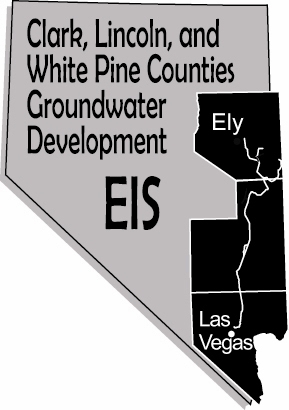

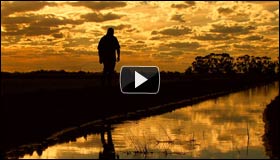
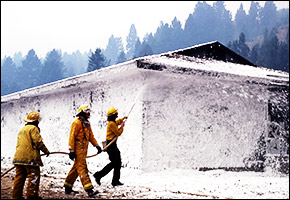


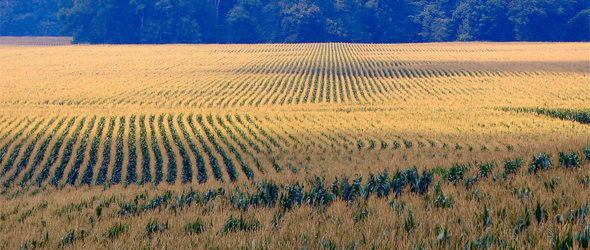
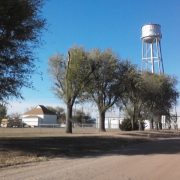

This is an epic disaster in the making. When the money and water are gone, the state is in ruin and after all that it helped nothing. We still need more water who’s picking up that tab? The desert is a fragile place that still bears many of the scars of our past mistakes. This should not be another one. Leave Northern Nevada ALONE!